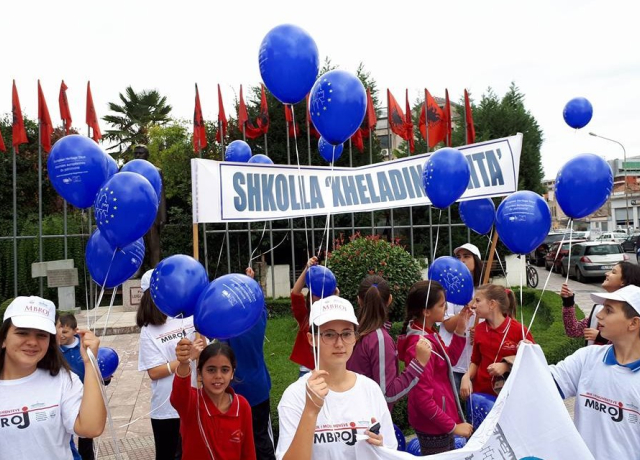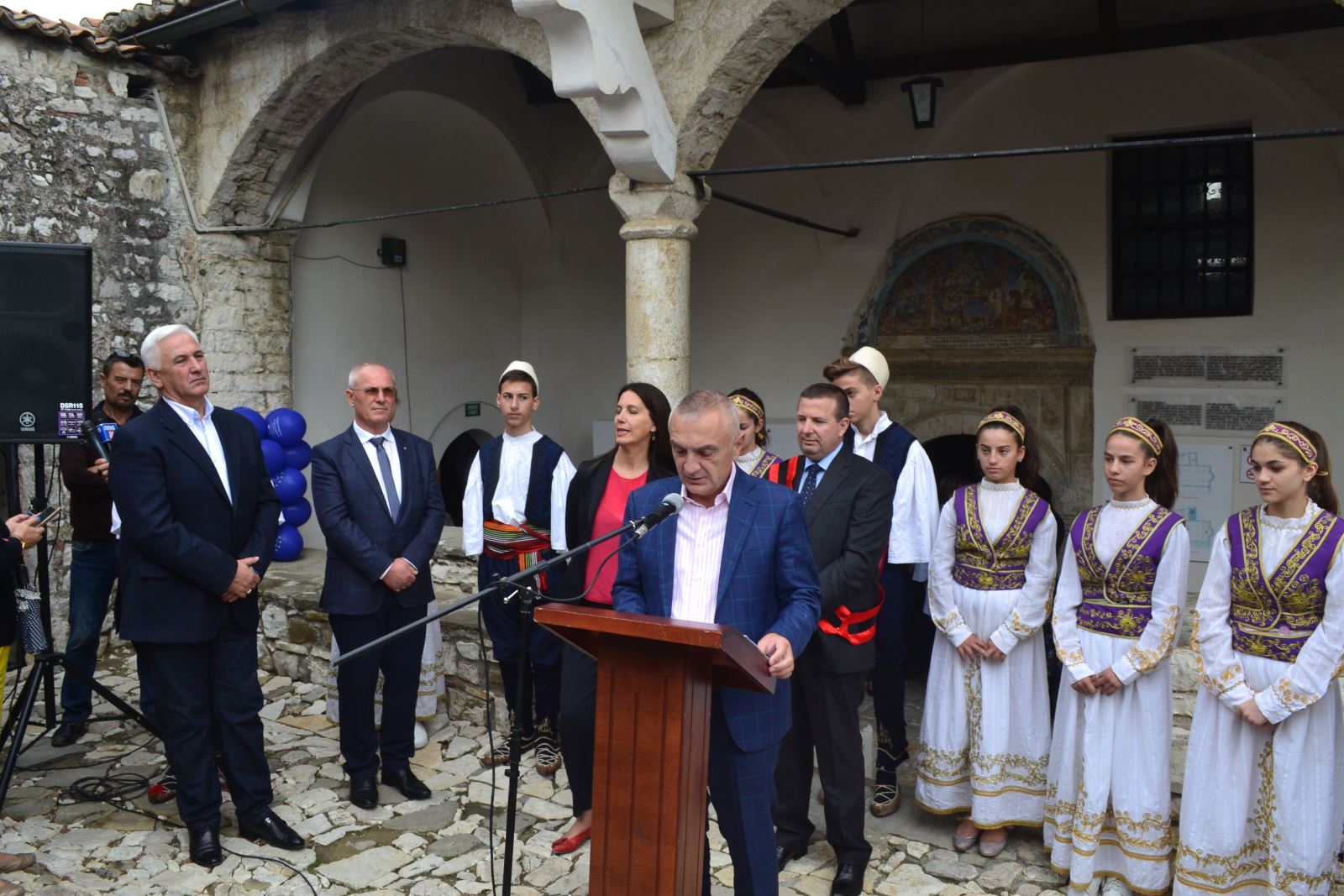Have a Glimpse on the Celebrations of Heritage and Nature in Albania
Have a Glimpse on the Celebrations of Heritage and Nature in Albania
Cultural visits, scientific sessions, dance performances, thematic exhibitions, and celebratory speeches were just some of the activities that marked European Heritage Days 2017 in Albania.
Focusing on the Heritage and Nature theme, this year’s events showcased the country’s magnificent cultural and natural richness. The visitors could explore the histories, traditions, landscapes of Berat, Durres, Elbasan, Gjirokastra, and many other regions and cities across Albania.
The events took place between 28 September and 1 October, when the general public could access to all national museums, archaeological museums, national parks, and cultural monuments free of charge. This was a unique opportunity for visitors of all ages to explore their local heritage and find out more about the shared European values it embodies.
.jpg)
The special focus was on educating the young on the meanings of heritage and encouraging their desire to recognize, preserve, protect and care for common wealth: cultural heritage.
European Heritage Days 2017 in Albania were also visited by the President of Albania, Ilir Meta, and the Minister of Culture, Mirela Kumbaro Furxhi, who highlighted the values of Albania’s heritage in the context of Europe. Their participation in the European Heritage Days 2017 illustrates the importance of this festival for the people of Albania and its growing popularity among citizens.
The president and the minister pointed to the importance of participating in this pan-European initiative and bringing heritage closer to citizens. On the occasion of the event, they visited the National Iconographic Museum Onufri in Berat, which is dedicated to Byzantine art and iconography, as well as the National Ethnographic Museum, which keeps secrets to Albania’s centuries long traditions, customs, and art.
.jpg)
With its numerous historic sites and outstanding natural resources, Albania offered some memorable European Heritage Days experiences. This year’s festival helped its citizens get closer to local and national monuments, gain understanding of their significance, and learn more about the ways our past defines our present.

